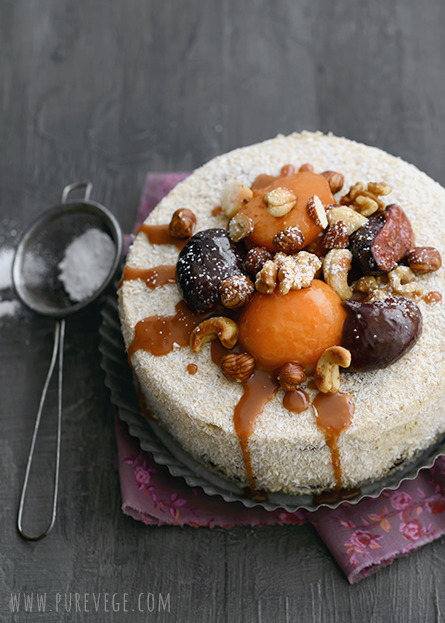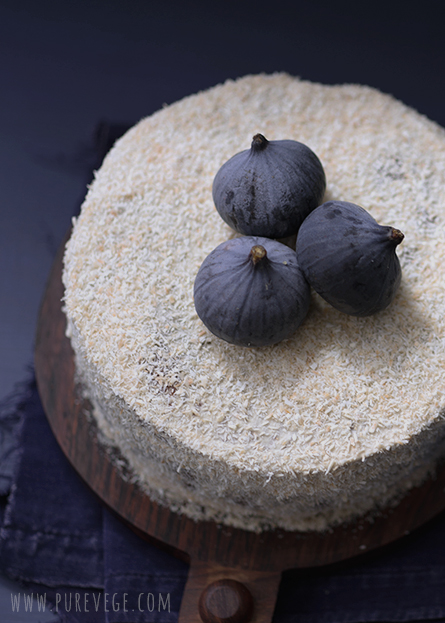Born as a prince in the seclusion of Himalayan foothills, Siddhartha Gautama’s father shielded him from seeing disease, old age and death since birth. It wasn’t until at the age of twenty-nine, he met an aged man with a wrinkled face and bent back, outside the palace. The prince was shocked to hear from his charioteer that everyone’s life will eventually come to an end. Upon encountering a citizen who had fallen sick, a decaying corpse and an ascetic, he became resolute to understand and overcome suffering. Six years later, he was known as Buddha, the awakened one.
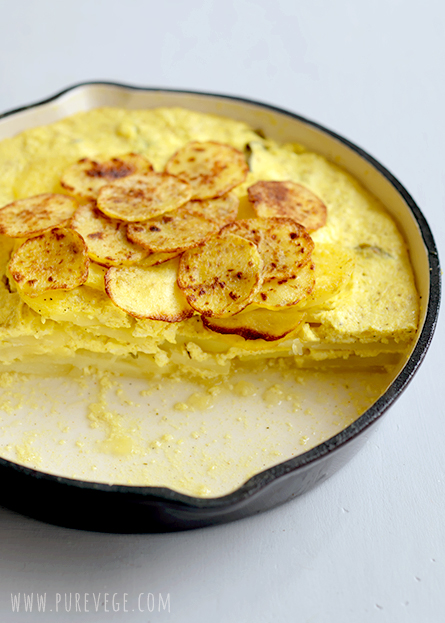

We live in the same world. 2000 years have not swept away duhkha, loss and pain. When the media brings the downside of human experience onto our breakfast table, as printed or electric news, we choose to distance from it: 239 passengers and crew members of the Malaysia Airlines’ flight MH370 who perished in the Southern Indian Ocean are mere statistics to us. We may be shaken while reading that 176 persons are still missing and 16 found demised after the landslide in Washington but, at the same time, we are safe. At least, now. Do we think that the 529 people sentenced to death in Egypt are someone’s spouses, children, parents, uncles, friends and colleagues? For us they are nameless numbers. We are somewhat immune to the atrocity of death as long as it doesn’t collide with our field of action.
When Maharaja Yudhisthira was asked what the most striking phenomenon in the world is, he replied (Mahabharata, Vana-parva 313.116):
ahany ahani bhutani
gacchantiha yamalayam
sesah sthavaram icchanti
kim ascaryam atah param
gacchantiha yamalayam
sesah sthavaram icchanti
kim ascaryam atah param
“Day after day, innumerable living beings are taken against their will to the abode of death, but those who are temporarily spared never think they will die; instead they continually desire a permanent situation. What could be more astonishing than this?”

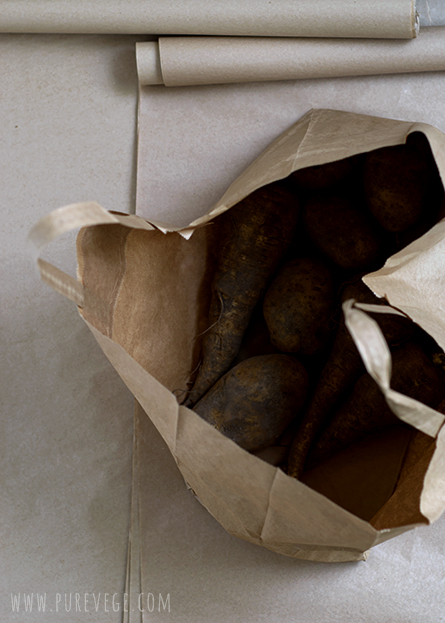
There never seems to be an appropriate moment to speak about loss. Yet, all faith traditions, science and even the materialistic enterprise, built on economic development, strive to alleviate distress.
We tend to think the Eastern thought is pessimistic because it discusses such a difficult subject; we would rather remain blindfolded than face it. But, have you ever considered that it is too late to analyse tribulation in its acute phase? Most of us are crushed in a situation we have failed to preserve what is important to us, whether it is a beloved relationship, quality, condition, position, asset, activity, revenue, quota or goal. When an emotional storm hits slamming us from disbelief to bewilderment, denial to sadness, anger to quilt, blame to shame and fear to helplessness, our feelings prevent us from accepting and processing rational information. Sometimes we even reject consolation and affection because our hurt is too raw.
For a living entity, it is natural to response emotionally. We are sensitive creatures. Therefore, knowledge is not meant to oppress but harness our feelings before they bolt and disable us. Only in a sober state of mind we can study the true nature of things and beings. Then, at the arrival of trouble and reverse, we have a solid perspective, even though we are never fully prepared for adversities.
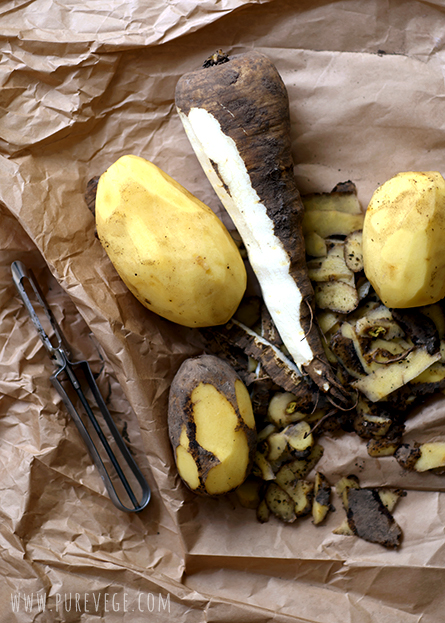

As long as we view material energy as the only dimension of awareness, we remain confused about dualities like pleasure and sorrow that are constantly changing. In fact, Bhagavad-gita speaks of them like the seasons following one another in the cycle of time. We can’t stop them but change our attitude towards them. Trying to achieve a permanent situation in a transitory environment – as if we were building a house on ice that will melt in due course – is hardly a sign of developed intelligence. In Sanskrit, it is called maha-maya, a grand illusion.
We experience and deal with afflictions according to our perception. In ignorance, we are both disinterested and neglectful of the eternal constituents of reality. When faced with personal disaster, we become destructive and hopeless; we take refuge in reminiscence, sleep and intoxication. When passionate, we are mainly concerned of our interest, and focus on what we can enjoy and control. With such character, we are likely furious when forced to renounce anything “mine”. Because we judge in terms of friends and enemies, anyone who disagrees with our plan – be that nature, other beings or God – deserves our revenge and wrath. But, when we cultivate purity and goodness, sattva, we gradually recognize consciousness as the substance that distinguishes matter from spirit. More we discover our indestructible form beyond ephemeral values, more we appreciate others as equal sparks of Divinity and claim no ownership over anything or anyone. Only then, we are able to specify who is losing and what is being lost, if anything, at the time of despair.
The body is but a shadow of the self. It is animate only as long as the soul illuminates it. For the soul, there is no beginning or end. Self-realization, being the privilege of human life, is the only way to come in terms with the mechanics of material laws that seem unfair and harsh at times. When it dawns to us who we are, what everything else is, what our relationships are and how to act in a progressive manner even in unfavorable circumstances, the calamities appear like dreams that no longer perplex us.
When my grandmother passed away in 1995, I sobbed in the funeral. Sitting next to me, my brother handed a napkin and whispered to my ear, “Don’t cry, she has transmigrated into another form of life.” He was right, and I knew it; after all, I lived in a monastery and studied the subject of reincarnation daily! Nonetheless, I missed the association and grace of my “mummo”, and couldn’t check the tears. It was necessary to grief.
The topic of departure is complex because it involves attachment and love. Letting go anything we are keen to, is hard. If we become aware of the deathlessness and common pursuit of happiness of every soul, we can make the transition easier. It, of course, requires that we question the validity of the material concept of life and reform our paradigm accordingly.
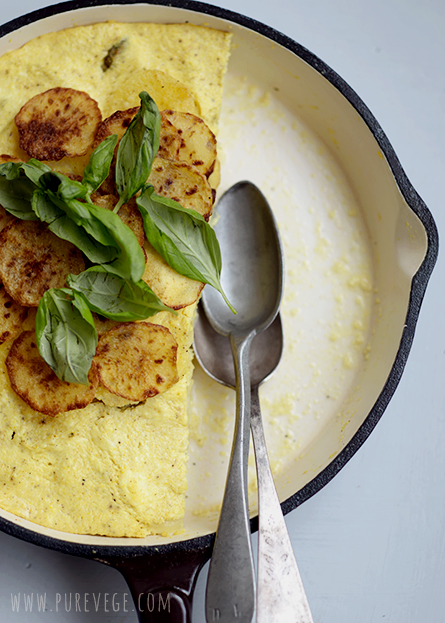

Alu Gauranga has nothing to do with the topic we have talked about above, except that I learnt the recipe while living in the ashram. In the spiritual life everything is personal. Therefore, we also name our food and sweets after saints and incarnations in order to remember the path and goal we have taken. Gauranga means “golden limbs” and refers to the radiant complexion of Sri Caitanya Mahaprabhu. Alu is a word for potatoes. I have also used parsnips in the recipe; whether they qualify as potatoes, I leave for you to decide! In the past I have substituted part of the potatoes with fried eggplants, zucchini and other left over vegetables that seem to blend peacefully in the yellow bliss made of fresh cheese and sour cream.
An update: I was just kindly reminded that the recipe originates from the first cookbook Great Vegetarian Dishes by Kurma Dasa whom I adore.











